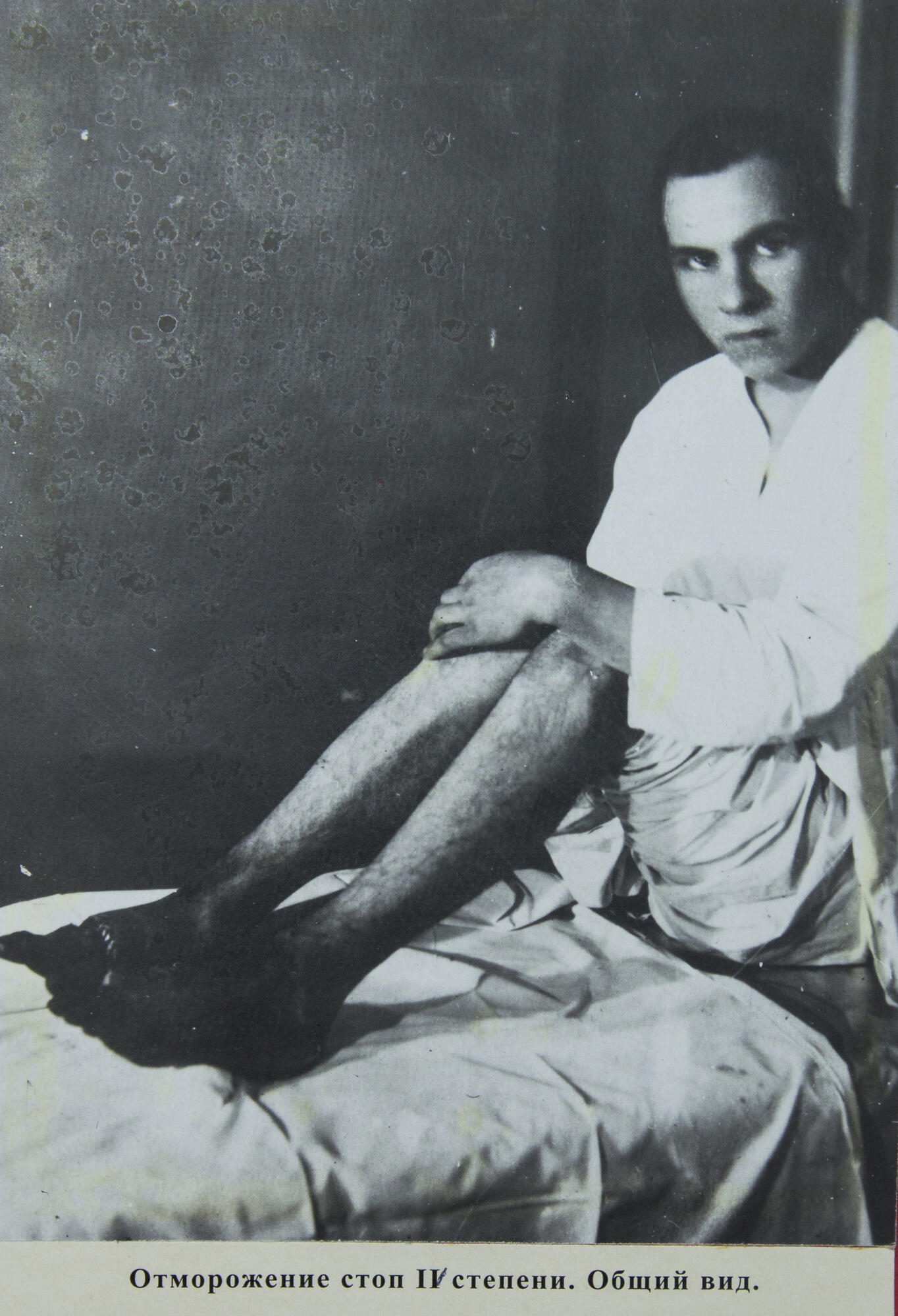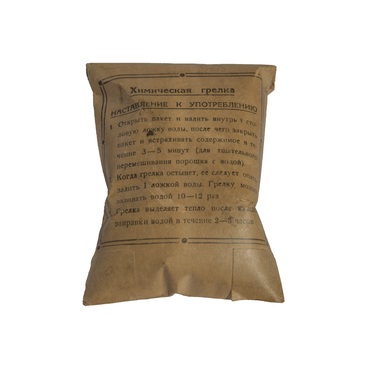The Soviet-Finnish (or Winter) War of 1939–1940 not so long ago was one of the underinvestigated pages of Russian military history. The campaign was relatively short: it began on November 30, 1939 and ended with the signing of a peace treaty on the night of March 12 — 13, 1940, in Moscow. As a result of the war, 11% of Finland’s territory became part of the USSR, including Vyborg, the second largest city in Finland.
During 105 days of the war, the Soviet Union lost almost 127 thousand people, either killed or missing. 246 thousand soldiers were wounded, shell-shocked or got frostbite of various degrees of severity. The losses of the Finnish side were several times less: 26 thousand killed, 43.5 thousand wounded.
During the battles, as well as medical and evacuation events, the Soviet army faced a cold, humid climate, strong winds, impassable forests and swamps. The main problems for the forces were underdeveloped supply routes and inappropriate clothing.
When in winter the air temperature dropped to -35°C, it became especially difficult to provide medical care. Ampoules with medicine froze and had to be warmed in hands. It was also very difficult for doctors to remove pieces of clothing from fresh wounds, and the wounded soldiers were constantly exposed to excessive cold. The medical services lacked medication, resources and personnel.
The photograph from the exposition of the Military Medical Museum shows a soldier with the last, fourth-degree frostbite of feet. His legs' temperature was significantly lower than the temperature of the rest of his body, and all soft tissue layers were necrotic to bones and joints. In such cases, frostbitten limbs were amputated before the development of wet gangrene and sepsis. Limb-sparing treatment, developed in the late 1930s, had not yet gained widespread acceptance.
As a result of the Winter War, new elements of winter uniforms were developed in the Soviet Union. The steel helmet SSh-36 was replaced with a more comfortable and durable helmet SSh-40. The winter budenovka (pointed cloth helmet) was excluded as it was hard to put on under the helmet because of the shishak (spike on the helmet). By order of the People’s Commissar for Defense as of July 5, 1940, a shapka-ushanka (ear-flapped hat) made of faux fur was approved for a general winter headdress.



